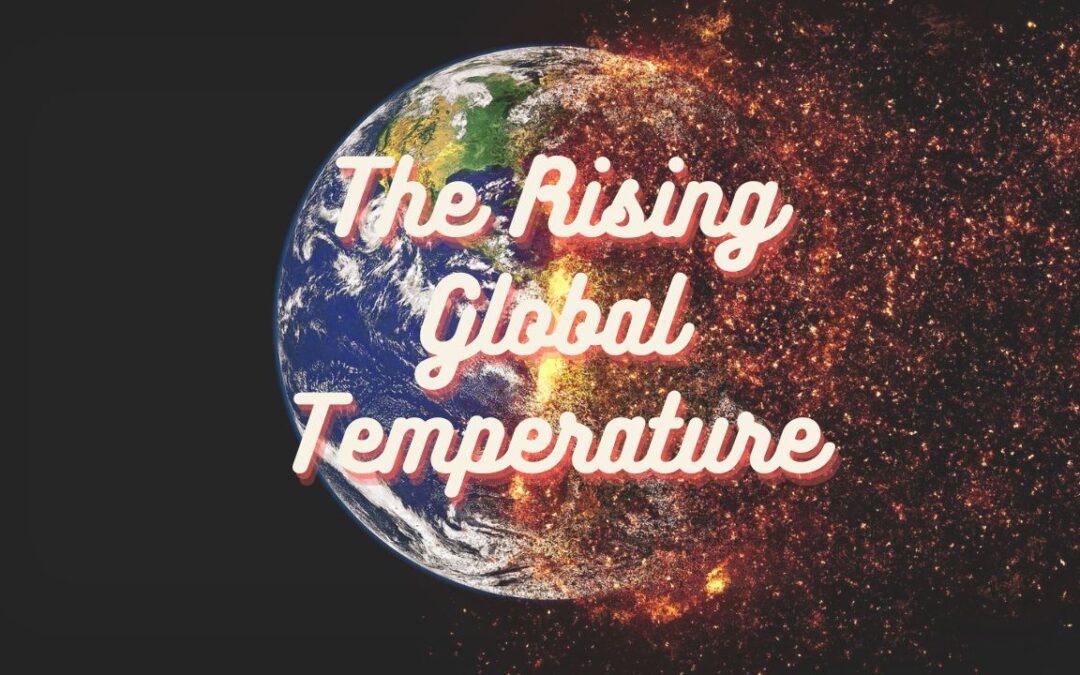Have you ever noticed hotter summers or milder winters? It’s not just your imagination. The Earth’s average temperature has been steadily climbing for decades, with a dramatic acceleration in recent years. This warming trend is strong evidence of climate change caused by human activities.
The Proof is in the Data
Scientists meticulously track global temperatures using a network of weather stations, satellites, and ocean buoys. These comprehensive measurements paint a clear picture: our planet is getting warmer.
A Trend Beyond Natural Fluctuations
Earth’s climate naturally fluctuates over long periods, but the current warming trend is happening much faster than any seen in the past. Think of it like this: while Earth’s temperature normally goes up and down slightly, the current rise is happening at an alarming speed. Evidence from ice cores and geological records confirms this rapid change.
The Culprit: Greenhouse Gases
The culprit behind rising temperatures is greenhouse gases, primarily carbon dioxide, released into the atmosphere by human activities. Burning fossil fuels like coal, oil, and gas is a major source of these gases.
The Greenhouse Effect: A Blanket for Our Planet (But Not a Cozy One)
Imagine the Earth like a giant greenhouse. Sunlight enters and warms the planet, but some heat naturally escapes back into space. Greenhouse gases act like a blanket, trapping more heat and causing a gradual warming effect. While this effect is essential for maintaining a habitable planet, the excessive amount of greenhouse gases released by human activities is causing the planet to overheat.
Feeling the Heat: The Impacts of Rising Temperatures
The consequences of a warming planet are widespread and concerning:
- Extreme Weather: Warmer temperatures disrupt weather patterns, leading to more frequent and intense heatwaves, droughts, floods, wildfires, and storms.
- Rising Seas: Melting glaciers and ice sheets contribute to rising sea levels, threatening coastal communities and ecosystems.
- Ocean Blues: Acidification on the Rise: As oceans absorb more carbon dioxide, they become more acidic, harming marine life that rely on calcium carbonate for their shells.
- Biodiversity Loss: Rising temperatures and changing weather patterns disrupt ecosystems, leading to habitat loss and species extinction.
Beyond the Numbers: The Human Cost
The numbers paint a clear picture, but the true impact is felt on a human level. Extreme weather events displace people, disrupt food production, and damage infrastructure. Rising sea levels threaten coastal communities and cultures. Climate change is a complex issue with far-reaching consequences.
Understanding the rapid rise in global temperatures and its connection to human activities is crucial for addressing climate change. By taking action to reduce greenhouse gas emissions, we can mitigate the worst impacts of climate change and create a more sustainable future for all.

